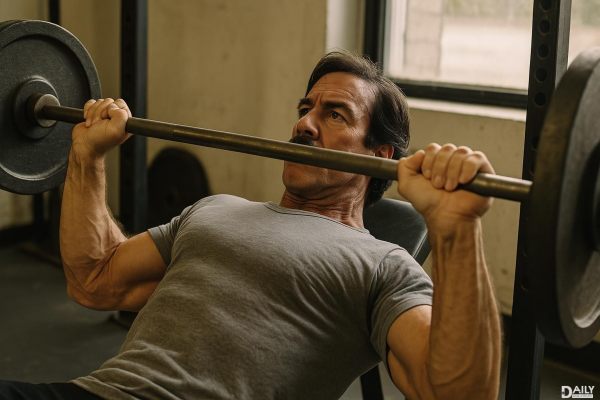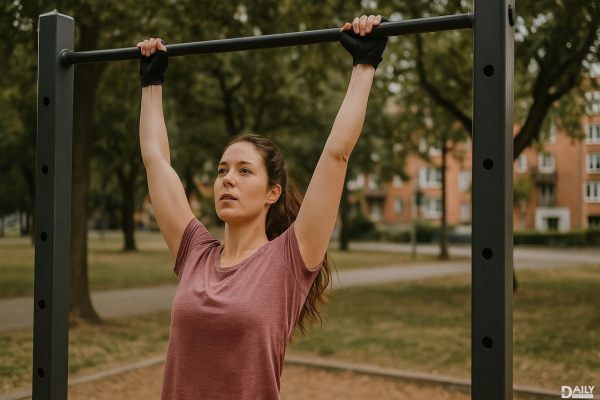Maria Solis Belizaire's journey back to running wasn't just about rediscovering an old passion—it was about carving out space in a sport that didn’t always feel like it had room for someone like her. What started as a lonely comeback story transformed into a movement when she launched Latinos Run and Latinas Run, proving that when the running community doesn’t meet your needs, sometimes you’ve got to build the damn door yourself—and hold it wide open for others. Her experience mirrors a broader truth: while running might seem like the ultimate egalitarian sport (just lace up and go, right?), systemic barriers and cultural blind spots have left many BIPOC runners feeling like outsiders in their own sneakers.
The Unseen Finish Lines: Why Running Clubs Feel Like Exclusive Clubs
Picture this: you show up to a group run, buzzing with nervous energy, only to realize the "all paces welcome" slogan was more of a polite suggestion than an actual policy. You watch the pack pull ahead while your lungs burn, and by mile three, you’re questioning whether you belong there at all. For runners of color, this scenario isn’t just awkward—it’s emblematic of deeper inequities. From track programs that funnel Black kids into sprints while white peers log cross-country miles, to neighborhoods where sidewalks crumble and tree cover is scarce, the hurdles begin long before adulthood. Then there’s the financial gatekeeping: race fees, gear costs, and the unspoken expectation that you’ll drop $200 on shoes just to be taken seriously. Add in the visceral fear of another Ahmaud Arbery tragedy, and it’s no wonder many BIPOC runners opt for solo treadmills over group routes. The irony? Running’s demographics are far more diverse than race photos suggest—34% of runners identify as people of color, per SFIA data—but when clubs and events fail to actively include them, those runners vanish from the spaces where data gets collected.
Rebuilding the Track: How Inclusive Run Clubs Are Changing the Game
Enter crews like Latinas Run and Slow AF Run Club, where "no runner left behind" isn’t a hashtag—it’s a non-negotiable. These groups aren’t just organizing workouts; they’re rewriting the script. Take Kiera Smalls’ Philly-based Strides crew, which deliberately plotted routes through underserved neighborhoods, turning sidewalks into statements. Or the Tortugas Run Club, where the post-run coffee klatch matters as much as the mileage. Their secret? Ditching performative inclusivity for tangible actions: pace groups that actually wait, pronoun-friendly name tags, and routes that prioritize safety over scenery. Even small tweaks—like offering weekend runs for shift workers or hosting "bring your abuela" walk days—send a clear message: this sport isn’t just for the fast and the funded. And the impact ripples outward. When Latinas Run member Melissa Castillo finally saw women who looked like her celebrating finish lines, running transformed from a punitive chore to a source of power. "It’s about seeing my body not for what it looks like," she says, "but for what it can do." That shift? That’s the revolution.
Your Move: How to Be Part of the Solution
If you’re nodding along thinking, "Cool, but what can I actually do?" here’s your starter pack. For run club leaders: audit your routes. Are they accessible to neighborhoods without pristine trails? Ditch the 5 AM start times that exclude parents. For allies in existing clubs: volunteer to sweep (that’s runner-speak for hanging back with the slowest folks). For brands: sponsor BIPOC-led clubs instead of just slapping diverse faces on ads. And for runners of color hesitant to take the first step? Evans’ advice is golden: "Find your Slow AF people—they exist." Whether it’s through RIDC’s directory, Instagram deep dives, or virtual communities, your crew is out there. Because here’s the thing: changing running’s culture isn’t about charity; it’s about recognizing that the sport is stronger when everyone’s strides count. Or as Solis puts it: "Running demographics should reflect the country we live in." We’re not there yet. But for the first time, the finish line’s in sight.
The road to a truly inclusive running world is still being paved, but the blueprint is clear: listen to marginalized runners, amplify their solutions, and remember that community isn’t just who you run with—it’s who you refuse to leave behind. Because at the end of the day, running’s biggest race isn’t against the clock; it’s against the status quo. And that’s a marathon worth showing up for.
























